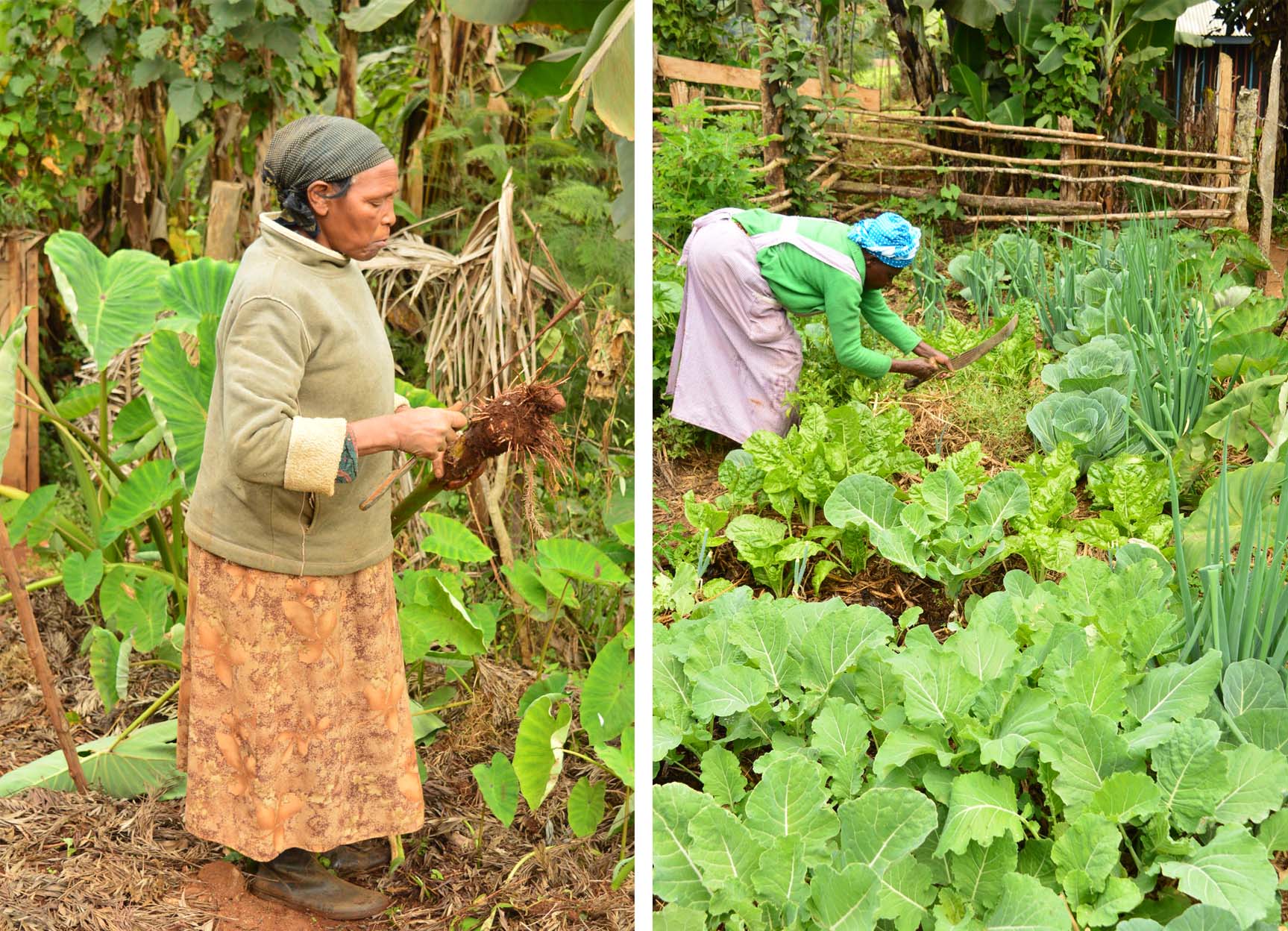GBM Blog
Mt. Kenya Forest, the beauty we cannot afford to lose
At over 17 thousand feet tall, Mount Kenya is definitely the jewel of the Central Kenya circuit. Once regarded as the realm of Ngai, god of the local Kikuyu community, the mountain is an awe-inspiring sight with its ragged peaks, and equatorial snow. The mountain straddles over the verdant Mount Kenya Forest, a picturesque landscape whose splendid beauty strikes and embraces you the moment you set eyes on it.
Mt. Kenya Forest is not only one of the biggest tourist attractions in the country, it also plays a critical role in water catchment and is one of the five main "water towers" of Kenya with the Aberdare Ranges, Mau Complex, Cherangani Hills and Mount Elgon, all providing most of the nation's water. However, over the years, the beauty and all so important roles this forest plays had been overlooked. According to a survey by UNEP and Kenya Wildlife service carried out in 1999, 30 percent of the forest cover was under threat from various illegal activities such as timber harvesting, charcoal burning and grazing.
The water tower faced multiple threats that impinged negatively on its natural capacity. These include: clearing of trees, charcoal burning, forest fires, deforestation, illegal settlements and deep soil erosion that leads to sedimentation of the rivers and streams. Resulting from these illegal activities, decreased water volume from the forest coupled with improper farming techniques meant that the communities living around the forest suffered from diminishing food crop production. Food insecurity in turn led to conflicts among the communities.
Working to curb this menace and restore the forest to its once former glory, the Green Belt Movement (GBM) with continued support from Mainichi Newspapers has mobilized over 1000 extensive grass roots networks as a critical mass to undertake better environmental management and community development activities. Through our unique Watershed-Based Approach, GBM has empowered households to embrace a people driven socio –economic development and land scape restoration in the Mount Kenya Ecosystem. 
Underpinning GBM’s methodology has been a fundamental in understanding that when people apprehend the linkage between their actions and their livelihood situations, (poverty, water scarcity, and food insecurity) they are more likely to muster their energies and take action for change. This has led to an integrated community-led action and a commitment to safeguard natural resources from any form of degradation. The Green Belt Movement has trained the communities on various forestry and conservation techniques to encourage reforestation of Mt. Kenya Forest and over 11 million trees have been planted over the last five years.
Community members have been very receptive of the project and have participated fully in the tree planting activities. Through this project, they have also been trained on water harvesting techniques and improving food security at household level by re-introducing indigenous food crops and setting up kitchen gardens. These food crops are not only climate resilient but also offer great nutritional value.

